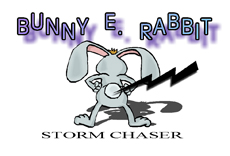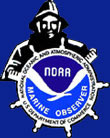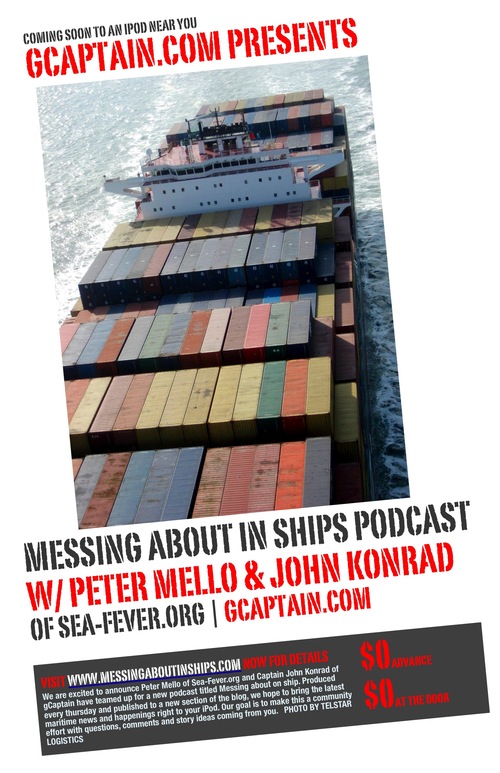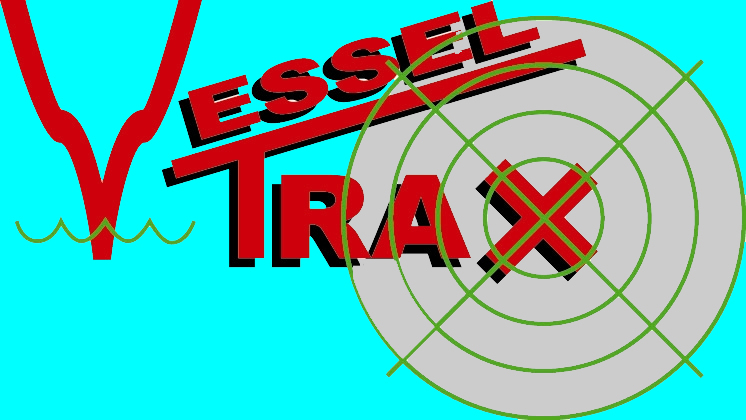 Drone planes research hurricanes
Drone planes research hurricanes US meteorologist Eric Uhlhorn on what robotic planes will do. Courtesy, Noaa/Nasa. First published 23 January 2008
As the hurricane season takes off in the US so too will drone planes which will fly into the eye of the storms.
It is part of an ongoing project funded by the US National Oceanic and Atmospheric Administration (Noaa) to monitor the Earth's atmosphere.
The planes will send back a continuous stream of information which researchers say will allow them to predict the intensity of hurricanes.
But the remote control planes will not be able to take off from the US.
Energy transfer
Noaa is hoping to launch between two and five flights during this year's hurricane season - which runs for the next six months.
The planes can fly into the eye of a storm at just 300 feet above sea level. This means they can monitor the energy transfer from the sea's surface to the storm, a critical improvement on previous methods of monitoring which used 'hurricane hunter' aircraft that flew at around 10,000 feet. READ>
AMBERGIS CAYE, Belize: Tropical Storm Arthur, the first storm of the 2008 Atlantic Hurricane Season, threatened to cause flooding and mudslides Sunday as it dumped rain over Mexico's southern Yucatan Peninsula.
The National Hurricane Center in Miami said Arthur's heavy rains were the greatest concern, but the weak storm was disorganized and was expected to be downgraded to a tropical depression later in the day.
A tropical storm warning remained in effect for the eastern coast of the peninsula from Cabo Catoche, Mexico, south through Belize.
At 7 a.m. CDT (1200 GMT), the storm was centered inland about 115 miles (185 kilometers) south of Campeche, Mexico. Arthur was moving west at about 7 mph (11 kph) and had maximum sustained winds near 40 mph (64 kph).
Arthur formed Saturday afternoon one day before the official start of the season June 1 and quickly made landfall at the Belize-Mexico border before heading west. It dumped rain as far south as Belize City and kicked up strong surf on the popular tourist island of Ambergis Caye.
The hurricane center said Arthur could dump 5 to 10 inches (125 to 250 millimeters) of rain over portions of Belize and Guatemala, and up to 15 inches (380 millimeters) in southeastern Mexico. It warned the rains could cause life-threatening floods and mudslides. READ>
The number of people who live in coastal areas that are most vulnerable to wind and water has fallen slightly since 2000, reversing a boom that brought tens of thousands of homes and high-rises to low-lying regions from Texas to Georgia, a USA TODAY analysis shows.
About 2.1 million people live full-time in those areas, down less than 1% over the past eight years.
That doesn't mean Americans are thinking twice about living in vulnerable spots, says Robert Hartwig, president of the Insurance Information Institute. Instead, he says, the slowdown is more likely a result of a housing market crunch that's left some homes vacant — and others half-built — in once fast-growing parts of the South.
"Memories are short, and when the economy does recover, you'll see people snap up those properties in coastal areas again," Hartwig says.
The steepest population losses were in the coastal parishes of Louisiana, flattened nearly three years ago by Hurricane Katrina. In St. Bernard Parish, La., a flat expanse outside New Orleans surrounded by swamps and the sea, the number of residents in the highest-risk neighborhoods dropped by two-thirds since 2000. READ>
Hurricane season starts Sunday, and forecasters are expecting above-average storm activity this year.
In an insurance market where coastal homeowners have already been hit in recent years by rising premiums, there's no clear-cut answer for how an active hurricane season could affect the number of policies and the rates that people pay.
The problem for insurance companies doesn't necessarily come when a storm hits and they have to pay out claims - after all, that's the nature of the insurance business, said Smitty Harrison, director of the S.C. Wind and Hail Underwriting Association.
Hurricanes become problematic when they cause more damage than insurance companies allocated money for. A $4 billion storm, though devastating, can be handled by insurers if they plan properly, he said.
"I'm not sure that a good or bad season really has an impact. It's the variation and the uncertainty that has a greater impact," he said. "While those predictions are interesting, they don't really impact us dramatically. We try to prepare for the worst anyway."
There's a 60 percent to 70 percent chance that there will be 12 to 16 named storms and two to five major hurricanes this year, according to the National Weather Service.
Since the 2005 hurricane season, when Hurricane Katrina ravaged the Gulf Coast, insurance rating agencies that determine the financial strength of insurers have forced companies to increase their reserves, S.C. Department of Insurance spokeswoman Ann Roberson wrote in an e-mail.
"Prior to 2005, insurers generally were required by rating agencies to have sufficient capital to pay claims associated with one 100-year storm (a storm that has a 1 percent chance of happening in any given year)," Roberson wrote. "After 2005 and the realization that multiple major hurricanes could strike the same or nearby areas, rating agencies doubled their capital requirements."
Insurers have also bought more insurance for themselves, and these costs were passed down to consumers, some of whom along the coast have seen their rates more than double in recent years.
If buildings are properly built, the changes made since 2005 should make insurance companies better prepared to handle major storms, Harrison said.
"The insurance industry losing large amounts of capital, that could result in more rate increases and a hardening of the market, but to a large extent, I think the companies prepare for that," Harrison said. "Most people think in South Carolina we've got good building codes and good infrastructure, and if that holds true, then I think the industry will react favorably."
Grande Dunes model
Arthur Rutenberg Homes has finished a model home in the gated Seville neighborhood in Grande Dunes, the company's first foray into South Carolina, according to a news release.
The $1.2 million, 2,649-
square-foot Tradewinds III model was built using standards set by the Environments for Living program, which incorporates building techniques for energy efficiency and indoor air quality. The model was built by Greensboro-based Monterey Bay Homes.
Based in Clearwater, Fla., Arthur Rutenberg Homes works with 31 independently owned and operated franchises building in 35 Florida counties, South Carolina and Georgia. Company founder and Chairman Arthur Rutenberg will attend grand-opening events such as a gala for real estate professionals June 5 and when the models open to the public June 6.
About 35 of the 92 tracts in Seville are still available, said Grande Dunes' sales and marketing director Carol Rosenthal.
MARITIME NOTE
New York - Six people were rescued after their 44 -foot sail boat began taking on water 20 miles south of Shinnecock, N.Y., at 2 p.m. today.
The crew of Making Waves contacted Coast Guard Sector Long Island Sound via marine band radio and activated their Emergency Position Indicating Radio Beacon (EPIRB) at approximately 12:20 p.m. when their vessel began rapidly filling with water.
A Coast Guard Station Shinnecock 47-foot Motor Life Boat (MLB) with a rescue crew was dispatched immediately.
The rescue crew transferred all six people safely aboard the MLB and dewatered the vessel.
The MLB is currently towing Making Waves back to Station Shinnecock.
All Making Waves crewmembers were wearing life jackets. Making Waves also had a life raft, EPIRB, cellular phones and radios on board in case of emergency.
“The Making Waves crew was well prepared,” said Petty Officer 1st Class Daniel Durso, search and rescue controller at Coast Guard Sector Long Island Sound. “They had their life raft and multiple means of communication on the boat. It made our jobs a lot easier.”
We have become aware that some Seago 150 and 175 Newton Lifejackets including Junior Lifejackets may have a defect which could result in serious injury.
The lifejackets are marked with a manufacture date in roman numerals, for instance the last quarter of 2005 is shown IV/05. The quarters concerned are:
IV/05
I/06
II/06
III/06
IV/06
I/07
If you own a Seago 150 and 175 Newton Lifejackets including Junior Lifejackets, then please check the manufacture date. The lifejackets in question were sold in chandlery shops, manine retail outlets and marine web sites throughout the UK.
If you have an affected lifejacket then PLEASE STOP USING IT IMMEDIATELY and return it to Seago Yachting Ltd, Mullany Business Park, Golden Cross, Hailsham, E Sussex BN27 3RP with your full contact details. A replacement lifejacket will be issued.
If you have any queries then please do not hesitate to contact Seago Yachting Ltd on 01825 873632
More at Yachting World >>
RS


































































































![Validate my RSS feed [Valid RSS]](valid-rss.png)